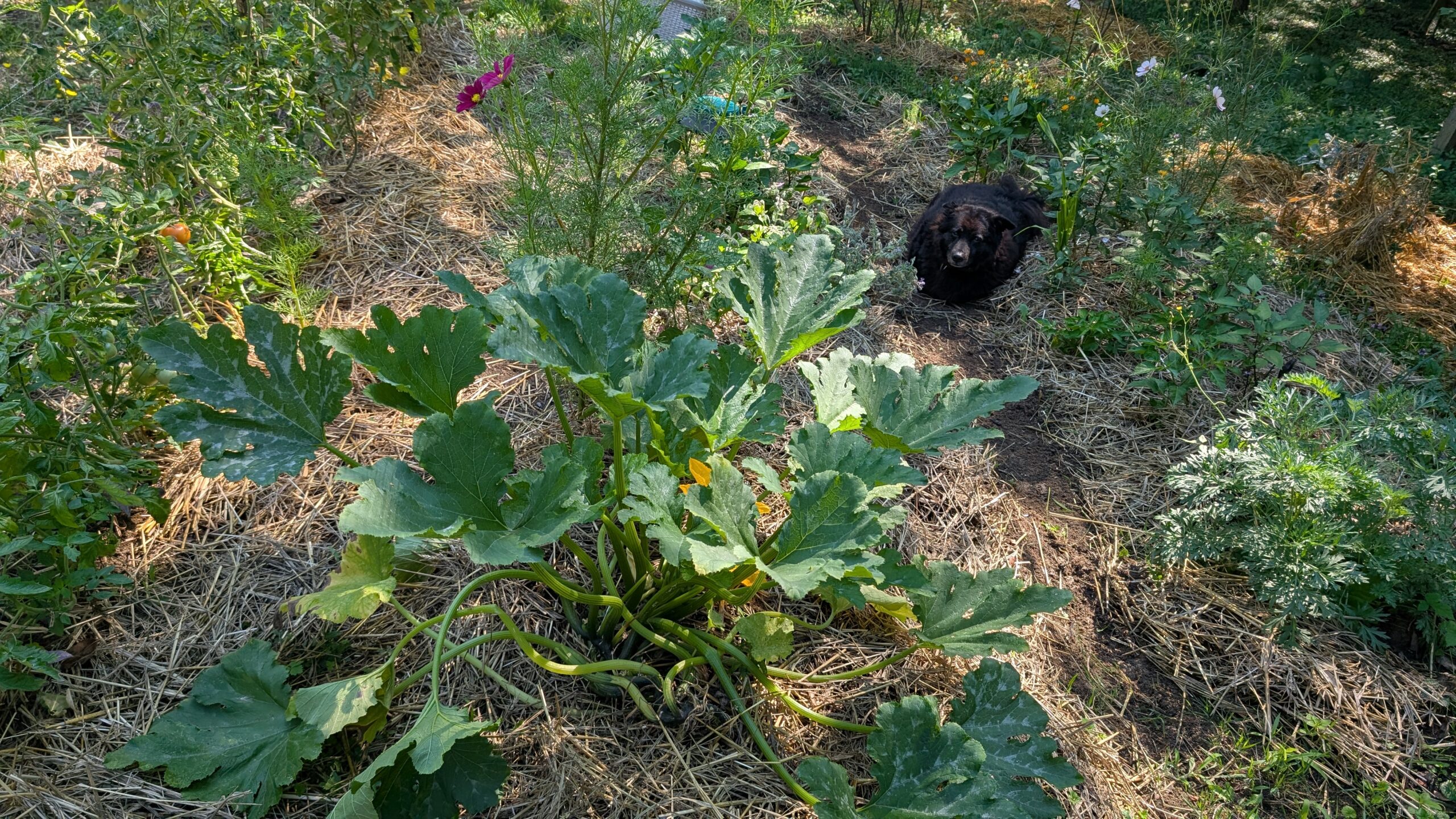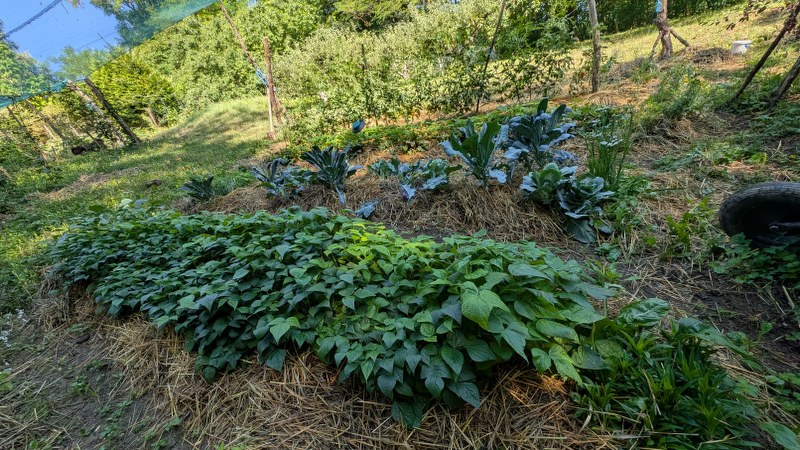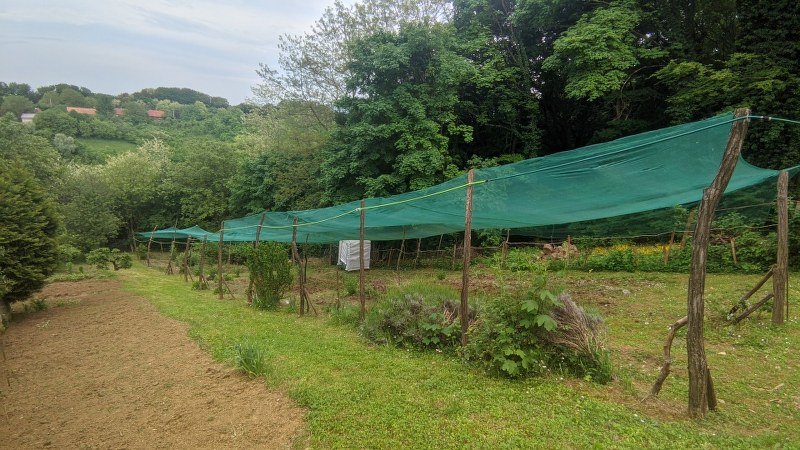The beginning of September is usually the time when we start making pickled peppers. Although most of the vegetables are stored in August and July, peppers are one of the last vegetables we store. The reason is this is the time our favorite peppers ripe. When it comes to pickled peppers Croatians prefer thick meaty peppers we call “paradajz paprika” (tomato pepper), a traditional pepper is grown in the Balkans and Hungary. They are sometimes called cheese peppers and sometimes tomato peppers, but they are not as nearly popular in the rest of the world as here.
This pepper is flattened and ball-shaped, sometimes mistaken for cherry pepper, but cherry peppers aren’t as flat as tomato peppers. When it starts growing the fruit is yellow and as it matures it changes color to red. It can be harvested at any time during its growth. The only difference in the different stages of growth is the firmness of the meat. Once this pepper turns red the very thick flesh turns softer. Personally, I prefer the yellow ones, since the red ones can get a bit too soft when pickled.
Another special thing about this pepper is that the septums are really really hot. Although this is a sweet pepper the fresh pepper septums are hot as a chilly pepper. Once the septums are removed the pepper is sweet. Also as soon as you pour hot water over the pepper, or cook it the pepper is sweet no matter if the septum is still there or not. Even pickling whole peppers won’t keep them hot. They will be sweet.
Like I said in the beginning, September is tomato pepper time so this week we ordered 30 kilos (66lbs) of peppers from our local family farm. We’ve stored 15 kilos (33lbs) of peppers at the beginning of the week and yesterday I’ve made another 15 kilos of pickled peppers.
I’ve already said that they are really hot when fresh so I had to clean them outside. Cleaning them requires 2 pairs of gloves and open space or the cleaning process will be a bit painful. A few years ago I was cleaning them with only one pair of gloves and I spent the next 2 days with burning hands and eyes.
While I was cleaning them I brought up the jars and left them on the balcony. I left them in the wrong place and Srećko wasn’t too happy about it.
After cleaning the peppers and washing the jars I’ve filled them with pepper halves. I cut the peppers leaving big chunks so we could use them in sandwiches and make it easier to fish them out by hand. Most of the time during breakfast or dinner we just take the jar out of the refrigerator and fish out the pieces while eating. Croatians eat full-course lunches while breakfast and dinner are usually leftovers or salami, cheese, pate, fresh vegetables, eggs, etc.
- 0,5L (0.132 gallons) of vinegar
- 1.5L (0.329 gallons) of water
- 3 tablespoons of sugar
- 1 tablespoon of salt
Since I’ve made 30 jars of peppers pasteurization was a bit difficult so I did it two ways. I’ve heated the oven to 130°C (266°F) and placed the jars inside a deep tray, protecting them from touching each other and I’ve poured some water in the tray.
I’ve left the jars in the oven for 30-45 minutes. After 30 minutes I’ve moved the jars from the oven to a big washbowl and wrapped them in the quilt. This way they will slowly cool down in the quilt(even slower than in the oven, 24h later they are still warm).
I did two rounds this way and the last 9 jars I left in the closed oven after turning the oven off.
The 30 kilos gave us 60 jars of peppers and this will be enough for a whole year.













Leave a Reply